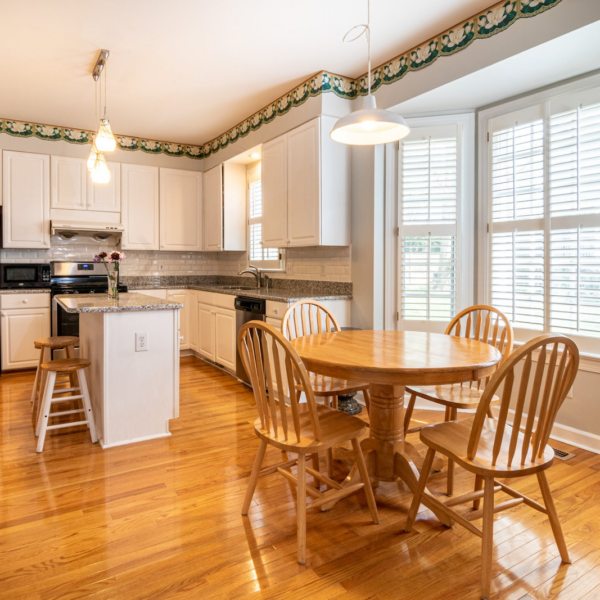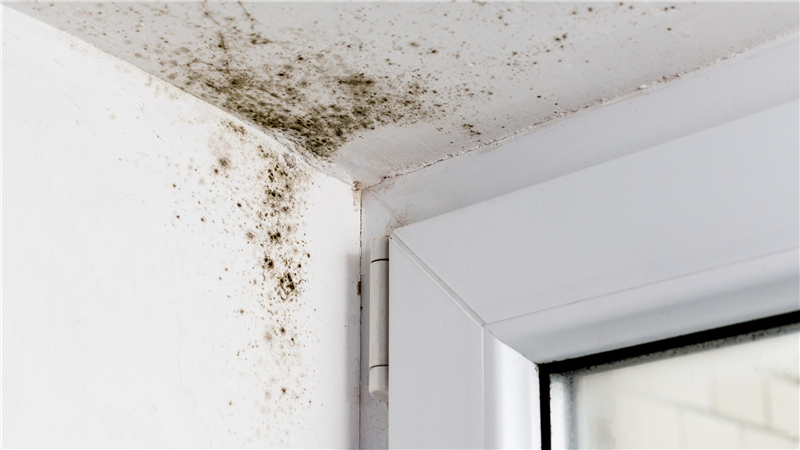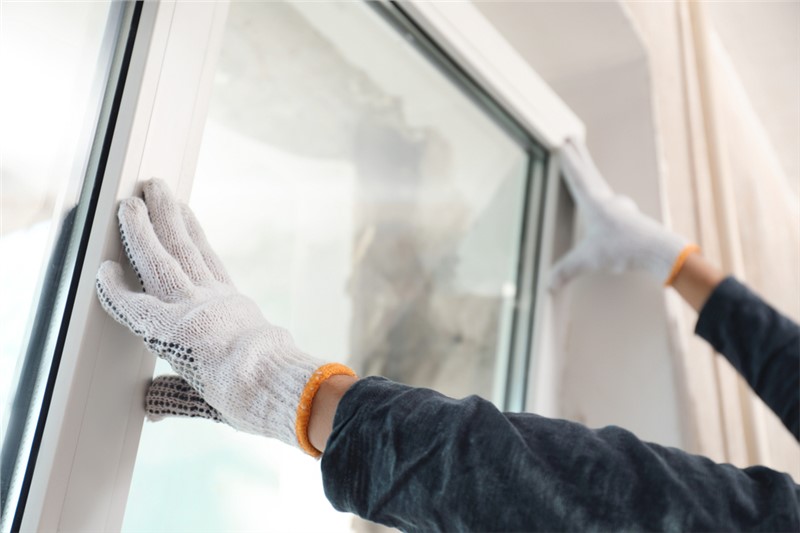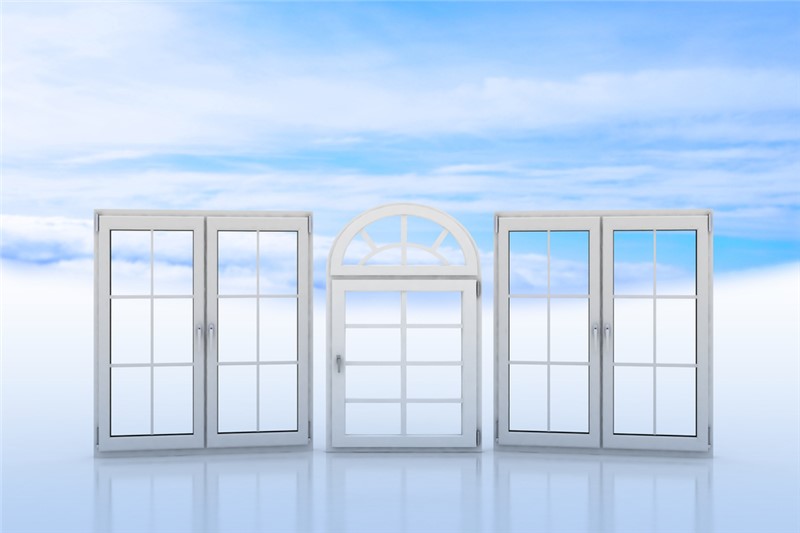
Window replacement is one of the most popular home improvement projects performed by homeowners across the country. For such a popular remodeling project, the process can quickly become quite overwhelming—considering all of the technical terms and innovative features, customization options and endless styles of window products on the market. Not to mention, window products aren’t exactly cheap—and installation can be expensive as well. While there are many benefits to be had for homeowners that switch out old, deteriorating, inefficient or non-functional window products for newer and better ones, choosing the replacement products are a huge, critical investment to consider for any homeowner, and making the right choice can feel intimidating.
At Mad City Windows, window replacement is one of the most requested home improvement projects we take on as top-rated window contractors in the state of Wisconsin. We know how confusing it can be for our customers that are just becoming familiar with replacement window installations, and how important it is to understand exactly why installing high-quality, energy-efficient windows can benefit your lifestyle, finances, and your comfort.
The right window products can transform the way your home looks, feels, and can even raise the value of your property’s worth over the long-term—which is why we’re dedicated to educating others about the benefits of window replacement. In this guide, we’ll walk you through everything you need to know about replacing the windows of your home—to help you feel confident about diving into this important home renovation that’s guaranteed to enhance your home and lifestyle.
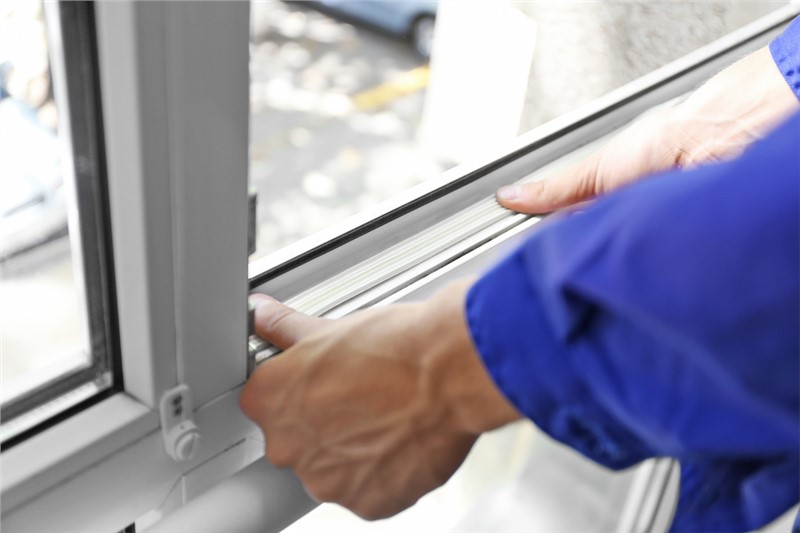
Should I Repair or Replace My Windows?
Today’s new window products are more efficient, easier to clean, and can save you up to 20% or more on your monthly energy bills—along with a wealth of other benefits. Homeowners are eager to replace older products with smarter, greener home appliances and materials, and window replacements allow them the opportunity to significantly enhance the value and efficiency of their homes in one project. Nevertheless, window replacement is a big investment to consider, and sometimes repairing the troublesome window might make more sense for your budget. If you’re having trouble deciding whether it’s worth it to replace or repair your windows, ask an expert contractor to evaluate your window for damage and to discuss the pros and cons of each decision with you in person.
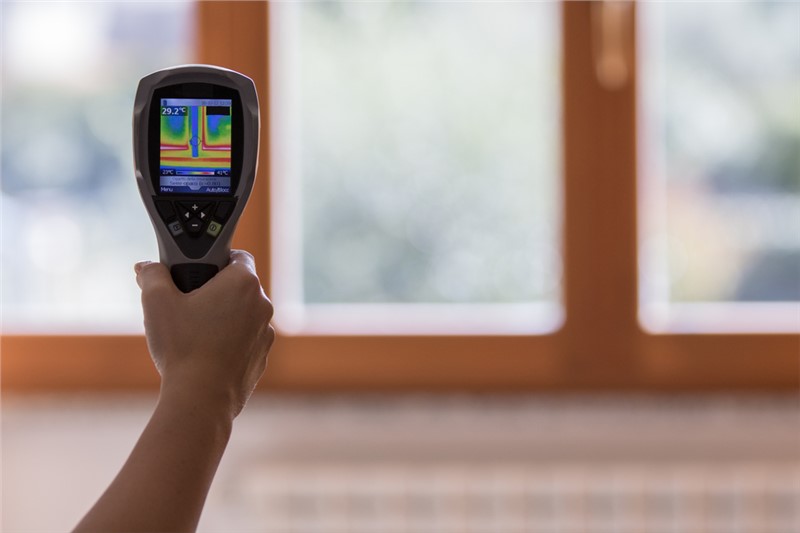
What Are the Benefits of Window Replacement?
Here are some of the most common reasons why many homeowners choose to upgrade their homes with new windows, and why new windows are so beneficial in each of these situations.
· Non-Functional Windows: If you’re struggling to open and close your windows, you might be in need of a window replacement. Windows that won’t open or that open only part of the way can contribute to a number of problems, including lowered air-quality and even mold or mildew growth inside hot, humid, enclosed areas like bathrooms or laundry rooms. Hard-to-open windows can sometimes be repaired, but are often old and deteriorating anyway, and replacement makes more sense.
· Appearance: Older, deteriorating windows can be foggy, scratched, or otherwise unsightly. In other cases, older windows have gone out of style and look outdated, or simply detract from the beauty of the home for other aesthetic reasons. Upgrading the home with beautiful, modern windows that complement the home’s décor and architectural style can greatly enhance your property’s interior and exterior appearance.
· Energy-Efficiency: If you’ve noticed your energy bills rising lately, it might be due to faulty windows. Deteriorating windows are often the cause of high utility costs—and replacing them can save you money every month. In fact, it’s estimated that upgrading to newer, more efficient window products can save homeowners as much as 20% or more on their monthly energy bills, making the upgrade a great investment over the long-term.
· Environmental Concerns: Many homeowners are doing all that they can to reduce their energy usage with smarter home installations that are environmentally friendly. Newer, more efficient window products, such as those marked with an Energy Star seal of approval, can greatly reduce the amount of energy used to heat and cool your home while lessening your carbon footprint at the same time.
· Indoor Comfort: If you’ve noticed that your HVAC system is working overtime without managing to properly heat or cool your home, the reason could be drafts coming in and out through your windows. New window installations can eliminate energy loss through your windows, which will lead to a healthier and more comfortable indoor environment.
· Noise Impact: If the outside noise seems to be getting louder every year, it might have more to do with your aging windows than loud neighbors. New windows can greatly reduce the level of noise you hear while spending time inside, which can make any indoor living situation a lot more peaceful and relaxing.

Is Window Replacement Expensive?
Windows aren’t a one-size-fits-all sort of product, by any means. In fact, windows come in a huge and diverse range of styles, from an endless array of manufacturers—and can even be custom-designed to suit your home’s unique needs and your style and functionality preferences. Some windows cost more than others, according to the style, size, quality, region, and other important considerations.
To answer the question—yes, replacement windows can be expensive. But it’s important to note that the price you pay should be considered as an investment—and the better the quality you can afford, the longer they’ll last. Premium, high-performance windows will also provide much better energy efficiency and will increase the value of your home versus cheaply made, low-quality windows that cost much less.
To sum it up, windows come in a wide range of prices, from very low to very high—and the cheapest options aren’t usually the most cost-effective. Likewise, you’ll probably want to avoid spending a fortune on ultra-expensive window products, as it’s possible to overpay for the windows you purchase. Finding the best quality windows at the lowest possible prices is, therefore, the goal for homeowners replacing their windows—which means shopping around and finding reputable window contractors for a high-quality, low-cost installation.
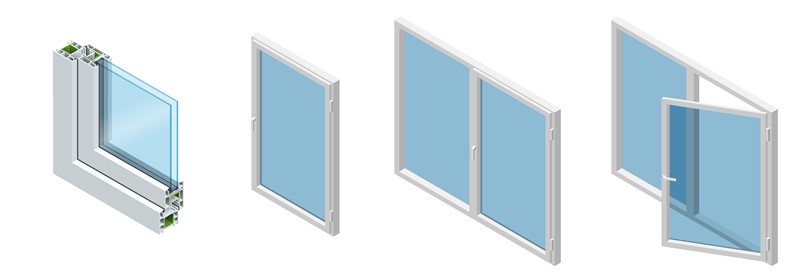
Breaking Down Your Window Options: Style & Design, Materials, & More
Venturing into the world of window products isn’t easy, which is why our team of friendly experts at Mad City Windows is dedicated to guiding homeowners through the process. If you’re about to begin your search for the perfect window installation, you’ll first want to know what kind of products are out there and how each one might measure up to suit your needs.
As we mentioned before, replacement windows come in a range of styles and designs and are made with different frame materials and glass options. Your professional window remodeling company can help you wade through the sea of customization options and window types to choose from. For now, you can use this guide to help you understand the different types of materials and styles available on the market to determine which one might be the right choice for you.
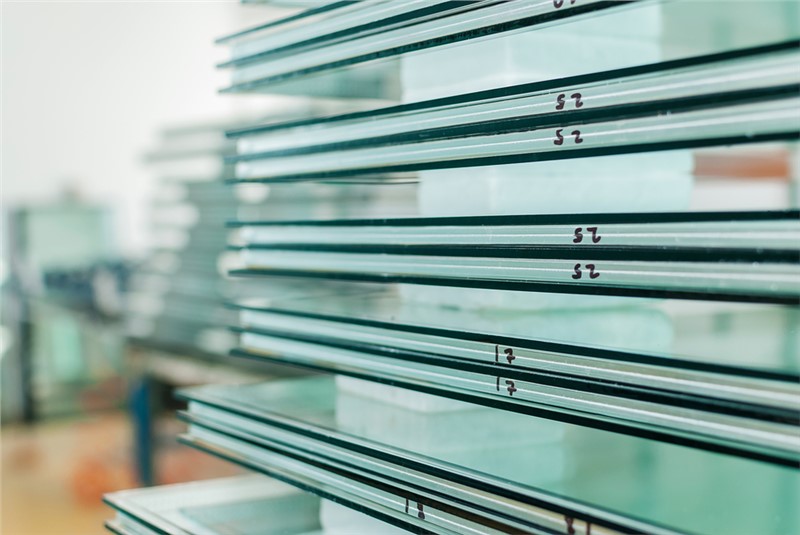
Glass
· Low-E Glass: “Low-E” refers to low-emissivity. Low-E windows help the home retain energy, by reflecting light away from the window using a microscopic metallic covering. This system keeps your home warmer in the winter and cooler in the summer and will help to keep energy costs down throughout the year.
· Safety Glass: Safety glass, also known as “tempered glass,” is categorized by its ability to break safely into small pellets of glass instead of shattering into dangerous shards. Most glass in homes is made of tempered glass, which is often a requirement in building codes in cities across the country.
· Double-Pane: If you currently have single-pane windows, consider upgrading to double-pane to significantly enhance your home’s energy-efficiency and value. While they will cost more, double-pane windows out-perform single-pane windows in just about every way. Double-pane windows are made with two panels of glass instead of one, and the panels are separated by air or a combination of Argon and Krypton gasses (gas-insulated models are more effective than air-insulated windows). The double-panels also help to reduce outside noises and to increase comfort inside the home.
· Triple-Pane: If you’re upgrading from double-pane windows, triple-pane windows might be worth looking into. Triple-pane windows offer even more insulation and protection than double—which means greater savings and energy-efficiency, and an even more comfortable indoor environment.
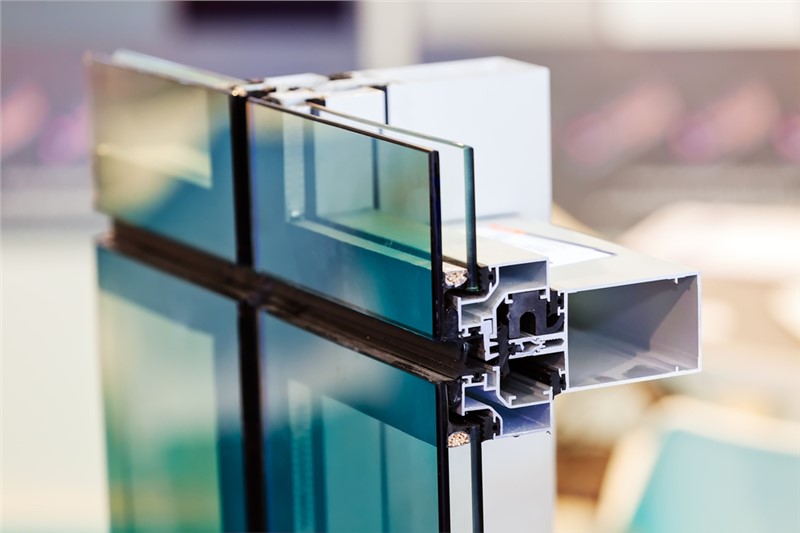
Framing Materials
Some of the most popular window frame materials are fiberglass, wood, vinyl, metal, and composite materials. Like all parts of the window, each material has its benefits and downsides—and some materials offer much greater energy efficiency and other features over others. Here are some of the pros and cons of each option for your consideration:
· Fiberglass: Fiberglass has quickly become the preferred material used in window framing in the last decade or so. This is because fiberglass offers superior-quality insulation, durability, and resistance against the elements when compared to other materials. It’s also easy to clean and virtually damage-proof—and is known to last up to 80 years or longer with little to no maintenance. The downsides of fiberglass are that it can be more expensive than other materials, could fade over time and require painting, and can cost more to install than other materials.
· Wood: Wood is the traditional choice for homes—known as the most beautiful material for framing windows. While wood is a good insulator, it’s difficult to maintain and can be susceptible to water damage and rotting. It’s also more expensive than other materials and can be harder to install due to unavailability, due to the fact that fewer companies make wood frames than they used to.
· Vinyl: Vinyl windows are possibly the cheapest option on the list next to metal, and can be a great buy for homeowners looking for a durable frame on a budget. Vinyl frames are cheap to install and can last up to thirty years, and will not fade or require painting ever. The downsides to vinyl windows are that they aren’t as efficient as other materials, and can expand or contract in extreme weather conditions.
· Metal: Metal or aluminum frames can be a beautiful choice for a modern, sophisticated look, and are lightweight, durable, and affordable. However, due to the fact that metal isn’t the most efficient choice of insulation, and are susceptible to corrosion from water and humidity, metal frames are less used today than they used to be.
· Composite: Composite windows are made to look like wood—without the downsides that come with maintaining wood frames. This can be incredibly beneficial in traditional-looking homes that look best with wood-style frames, and that might look strange if outfitted with vinyl or fiberglass ones. Composite frames cost less than wood, but more than vinyl, and offer a high degree of energy efficiency when compared to wood and aluminum options.
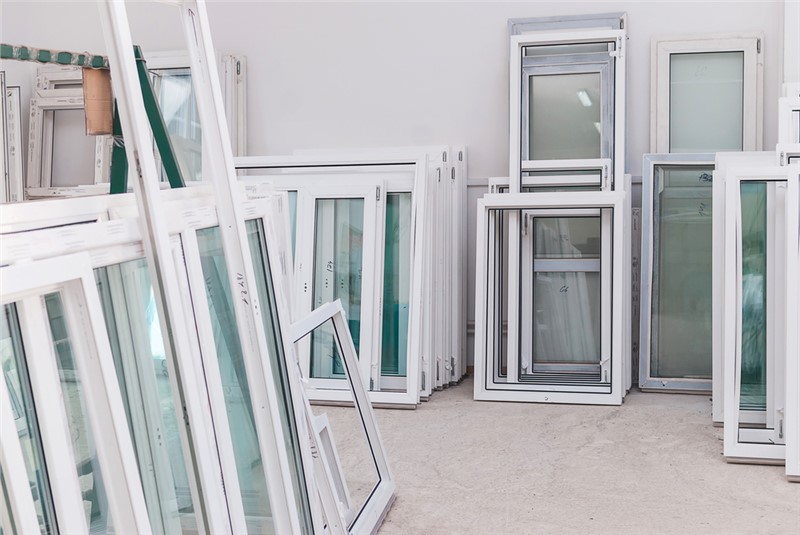
Styles & Designs
The window style you choose should be functional and aesthetically complementary to your home’s architectural design. There are many types of window models to choose from, and a home design specialist can help you sort through the options to find the best one to replace the one you currently have. The following are a list of some of the most popular window types on the market and where they’re typically used inside the home for window replacement.
· Double Hung: Double-hung windows have replaced single-hung window products and are the most popular window design used in new installations and home renovations today. This is because the design is convenient, energy-efficient, and easy-to-clean—while offering superior ventilation and clean, modern design. Double-hung windows are versatile and can be used in a variety of home décor designs—from colonial to modern, and more.
· Picture Windows: Picture windows are usually placed in living rooms, or where a beautiful view can be enjoyed from indoors. Picture windows consist of a single pane of glass and cannot be opened, and are known for bringing in natural light with their clear, unobstructed, .plain-view surfaces.
· Hopper: Hopper windows have sashes that open at the top, and are fastened to the wall by a hinge located at the bottom of the window. They are most frequently used in basements.
· Awning: Opposite of a hopper window, an awning window’s sash opens at the bottom, and swings outward by a hinge fastened at the top of the window. Awnings are most commonly used in bathrooms and attics, or any other spaces where excellent ventilation is needed.
· Casement: Casement windows have hinges located on the sides, and sashes that move to the left or the right by a crank function. This allows for maximum ventilation and highly customizable design—where the hinges can be located at the right, the left, or even at both the right and the left with two sashes that open out to the sides.
· Bay/Bow: Bay and bow windows are known for being beautiful, elegant, and classic. These can be more expensive than other window types, as they’re usually larger and a bit more difficult to install than other window types. Bay and bow windows are usually placed as focal points to add aesthetic appeal to the exterior and interior of homes and will open up a room with natural light.
· Storm and Hurricane: In areas where storms are frequent and common, storm and hurricane windows are a must. These windows are made with tempered, impact-resistant glass coated with PVB or EVA materials for safety. Aluminum frames are often suggested for durability during a storm, although other vinyl windows and other materials are often used as well.
· Egress: Egress windows are usually installed in basements, and are used as a form of emergency escape in situations where a fast exit from the home is necessary. This means that these types of windows must be large enough for an average adult-sized human to fit through, and might be attached to a ladder or step-stool for safety when being used to exit the home.
· Sliding: Slider windows are a very popular choice for window replacement, as their design is versatile and can be used in many different rooms inside the house. Slider windows feature sashes that slide from side to side in a horizontal direction and are great for letting in a lot of natural light and ventilation for the home.
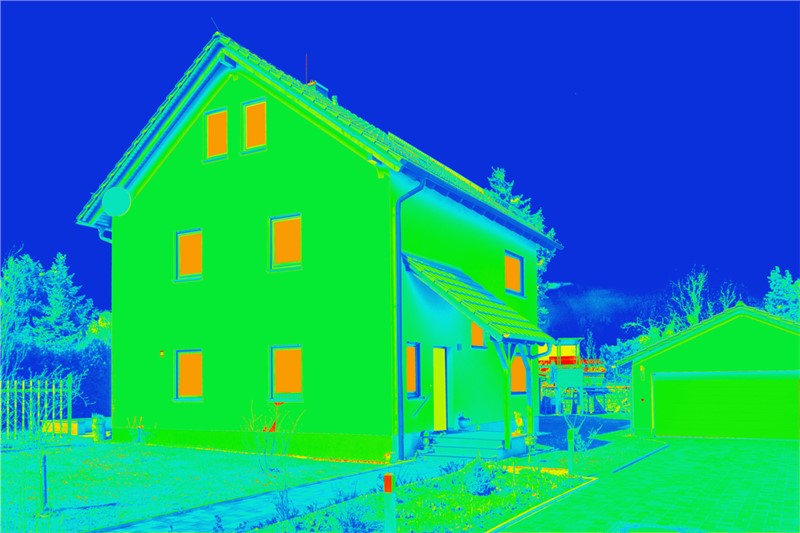
Evaluating the Energy-Efficiency of New Replacement Windows
To say that today’s window products are more efficient than they used to be would be an understatement. The fact is that today’s products are exceptionally efficient when compared to products from just a decade ago—and use materials and technologies designed to significantly reduce the home’s energy consumption while lasting a lot longer than ever before.
Energy-efficient windows are better for the environment as well, and many state and local governments offer attractive incentives for homeowners that make the switch. For example, in Wisconsin, residents can apply a 25% discount on Energy-Star approved, Low-E storm window replacements. Through another program, homeowners can also receive low-interest financing on energy-efficient window replacements.
But how do you know for certain which window products are the most energy-efficient? While Energy Star-approved products represent the most energy-efficient window replacements on the market, there are many factors to look for when shopping for the most energy efficient windows. Licensed window contractors can help you determine which windows will perform the best by evaluating the U-factor, visible transmittance, solar-heat-gain coefficient, condensation resistance, and air leakage rates of each window model and brand. For more information, seek help from your local window replacement company for guidance in purchasing the most energy-efficient windows for your home.
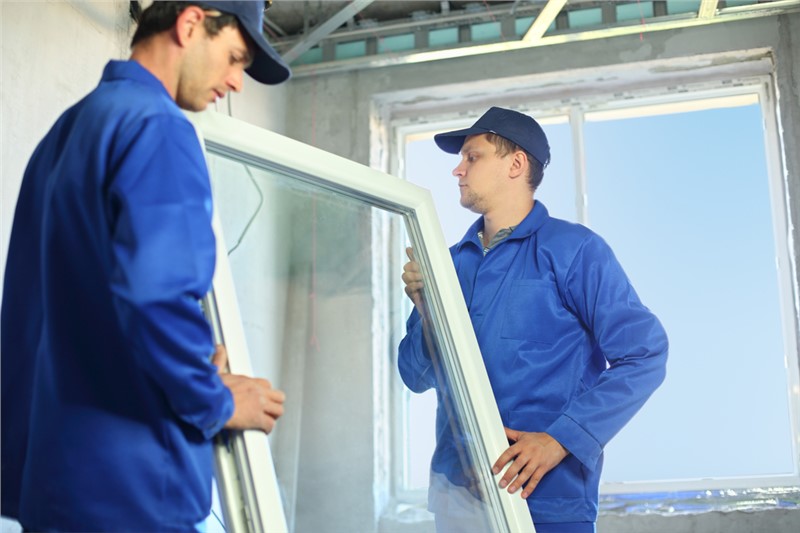
Pros of Working with a Professional Company Vs. a Chuck in a Truck or DIY
One of the biggest trends in home renovation today, aside from replacing windows with smarter and more environmentally friendly products, is doing-it-yourself. While DIY home improvement projects can be a fun way to save money on expensive renovations, when it comes to window replacement, it’s worth it to invest wisely by leaving this important task to the professionals. While it may be tempting to try to replace your windows yourself, the actual job is not as simple as it may seem—and not worth the stress, hassle, or potentially added costs of a poorly-installed or broken window, or a personal injury. On the other hand, a professional replacement from a reputable, well-known company will come with a guarantee on all products and installation work (and peace-of-mind should something go wrong down the road).
Along the same lines, it’s also important to examine the company you choose to replace your window carefully. While a professional, reputable company might charge more for a superior-quality installation that’s guaranteed to last—an unlicensed, low-quality contractor will charge much less for a job you could end up regretting later. In fact, unlicensed “chuck in a truck” contractors are a dime a dozen these days, and almost everyone knows someone that wound up unsatisfied or even filing a lawsuit after an experience with bad window contractors. In short, it’s always better to pay a bit more for a quality installation—especially when it comes to a home feature as important as a high-quality replacement window.
If you’re interested in finding out more details about window replacement from our expert team of seasoned professionals at Mad City Windows, we’d love to hear from you. Our family-owned and operated Wisconsin and Illinois-based company has been helping our customers with top-quality, affordable window replacement and installation services since 1998, and would be glad to help guide you through the process of your new window replacement.
For more information, give us a call to speak with a representative today. If you prefer, you can also fill out our online form to schedule a free, no-obligation pricing estimate and consultation with one of our professional window contractors in your home.




